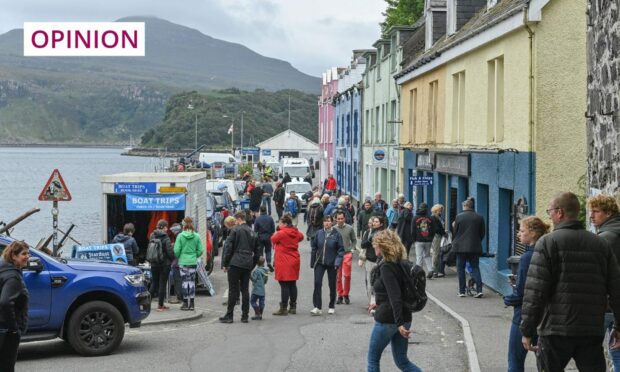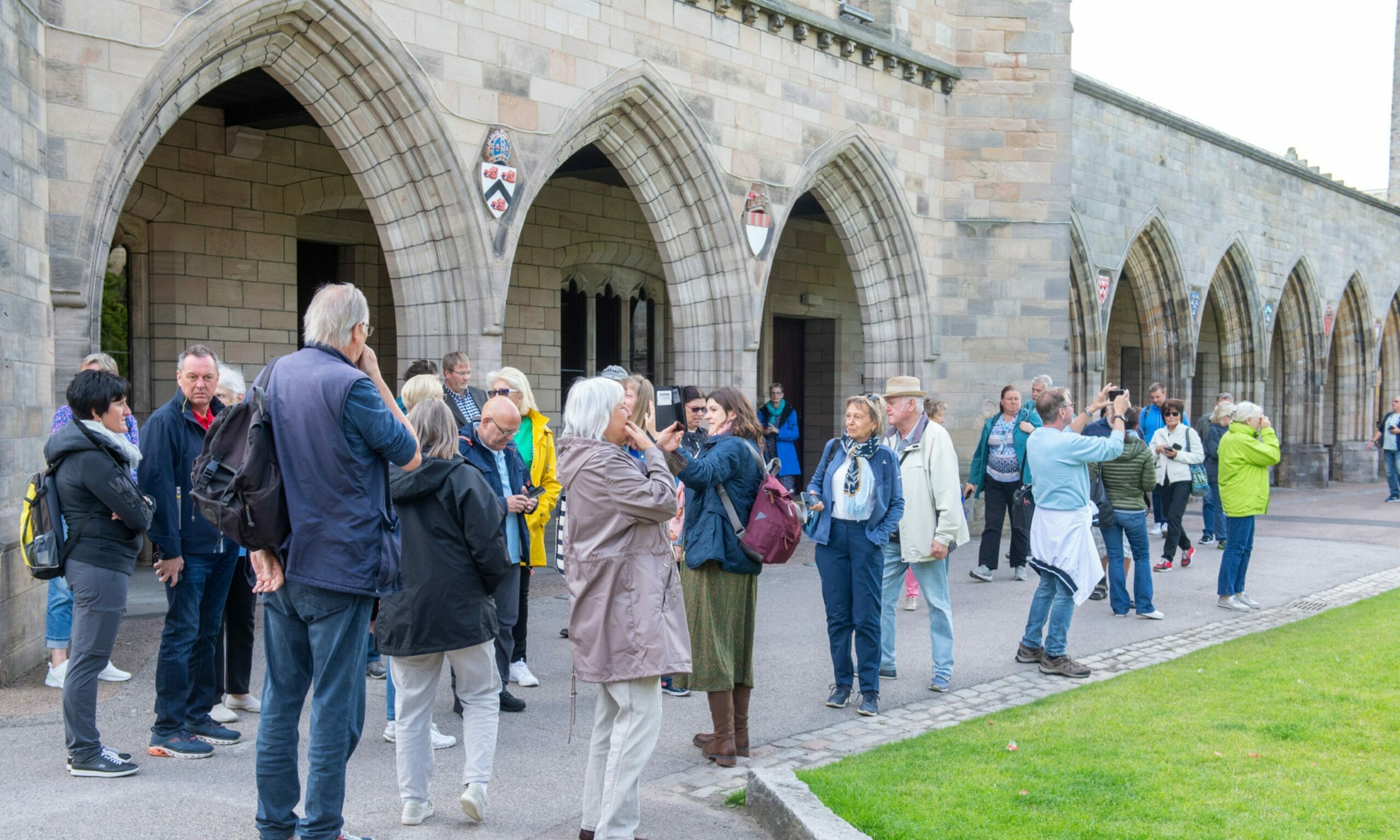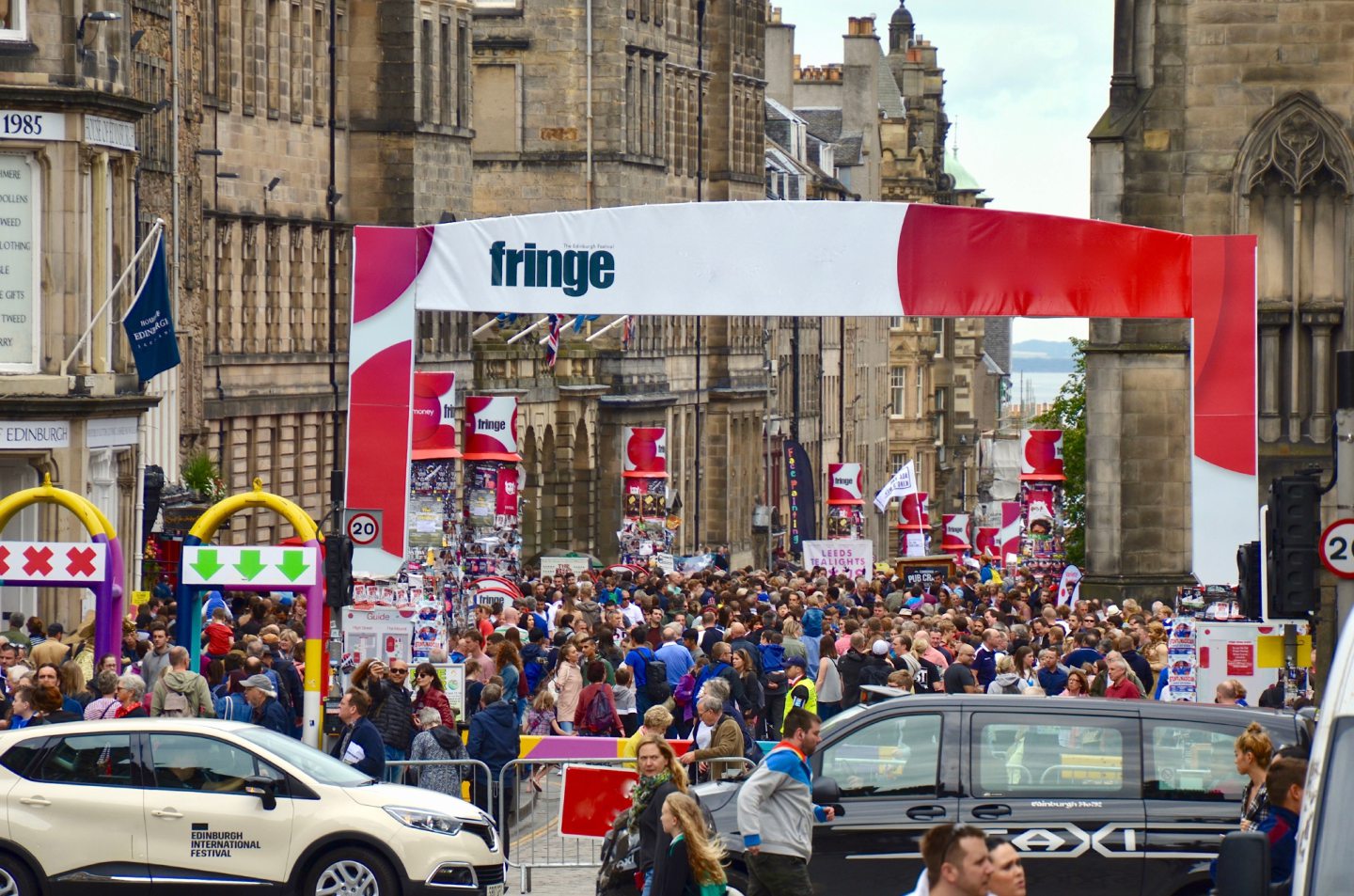The passing of the Visitor Levy (Scotland) Bill comes a step closer today, with the completion of the Scottish Government’s consultation on its proposal.
The bill, better known to most people as the “tourist tax”, was published by the government as part of its new deal for local government, which is looking at ways of reducing councils’ reliance on direct funding from Holyrood, following an earlier consultation with interested parties.
The proposal was sent out for responses earlier this year. The consultation period ends today, and the responses will be examined by the Scottish Government before they bring a detailed bill back to the Scottish parliament for debate and – hopefully – approval.
It is hardly a radical proposal. Similar schemes operate all over the world. Some 21 out of the 27 EU countries already operate a tourist tax, as do many other countries, such as the United States and New Zealand. In the UK, Manchester introduced a £1-per-night local tax in April this year, and the Welsh Government is currently pressing ahead with proposals similar to those in Scotland.
While Cosla is in favour, as are all the individual local authorities in Scotland, some tourism operators are worried about the visitor levy’s impact on their businesses. They point out that the UK already has a far higher VAT rate on accommodation charges than most other European countries. They also claim that a tourist tax would create yet another level of bureaucracy for the owners of hotels and B&Bs, as they would have the job of collecting the money, as well as creating a new set of books to account for the cash, before passing it on to the local council.
It is also claimed that tourists might be put off coming to Scotland because of the levy.
But would a tax of something like £1 or £2 a day really deter people from coming to Scotland? Hardly. On a recent holiday to Italy, I had totally forgotten about the tax until I checked out of my hotel and was asked to pay a small extra fee. Most holidaymakers, no matter where they come from, now accept a local tourism tax as part of modern life.
‘Tourist tax’ rate charged would be set by local authority
Under the current Scottish proposals, local councils could decide whether the whole of their area would be subject to the tax, or only some parts. For example, Highland Council could impose a tax on popular tourist spots such as Skye – where accommodation for much of the year is at a premium – while exempting less pressurised areas like Caithness.
The rate charged would be set by the local authority. Hotels, B&Bs, self-catering establishments and even campsites would collect the tax and pass it on to their local council.
The present proposals suggest that money raised should be invested locally on facilities and services substantially used by visitors. However, in some parts of Europe, the cash goes straight to general revenues, while in others it is ring-fenced for specific projects. This has led some critics to suggest that the current Scottish proposals are overly complicated. Hopefully, once the results of the consultation are analysed, these concerns will be addressed.
Edinburgh City Council is already keen on introducing the tax as soon as possible, and plans a £2-a-night levy on visitors. The council held its own public consultation on its possible introduction, which found that 85% of Edinburgh residents were in favour of the tax, which they estimated would raise around £15 million a year for the council. Highland Council estimates a tax would bring it around £10 million a year.
However, the wheels of government grind exceedingly slowly and, following the completion of the consultation period today, a report will be produced by civil servants, tweaks may be made to the bill, and the full parliamentary process will begin once it is reintroduced at Holyrood.
Nothing is likely to happen before 2026 at the earliest.”
A majority of MSPs will be required to back it before it is sent for Royal Assent. The result is that nothing is likely to happen before 2026 at the earliest.
The levy, when eventually available, will give local authorities a new source of non-central government revenue, will see the cash invested in visitor facilities, and is unlikely to have any significant impact on tourism numbers. The sooner it is approved by Holyrood the better.
Campbell Gunn is a retired political editor who served as special adviser to two first ministers of Scotland, and a Munro completist.


